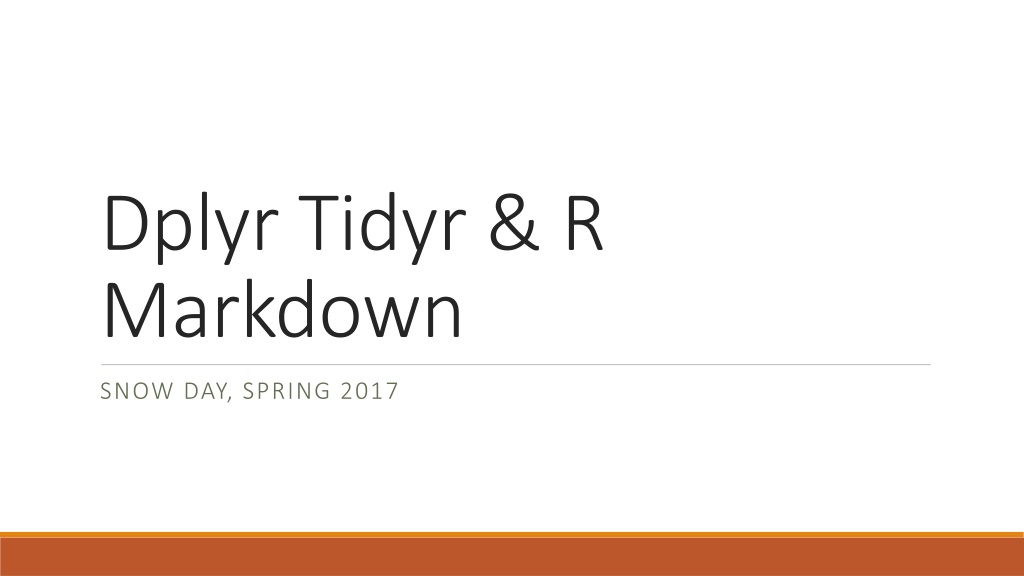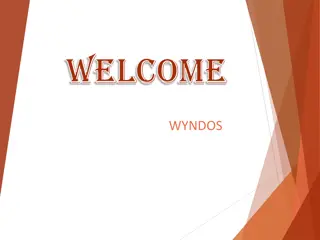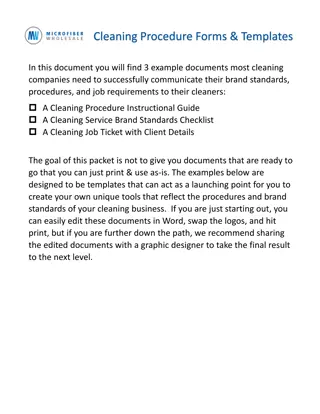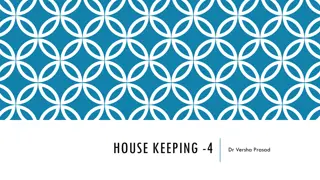Understanding Tidy Data Principles and Data Cleaning in R
Exploring concepts of tidy data and data cleaning techniques using dplyr, tidyr, and R Markdown. Learn how to tidy messy datasets, solve common data problems, and transform data for analysis. Dive into examples and practical tips for efficient data manipulation.
Uploaded on Sep 30, 2024 | 0 Views
Download Presentation

Please find below an Image/Link to download the presentation.
The content on the website is provided AS IS for your information and personal use only. It may not be sold, licensed, or shared on other websites without obtaining consent from the author. Download presentation by click this link. If you encounter any issues during the download, it is possible that the publisher has removed the file from their server.
E N D
Presentation Transcript
Dplyr Tidyr & R Markdown SNOW DAY, SPRING 2017
Installing packages install.packages( package name ) So for diplyr install.packages( dplyr ) library(dplyr)
Concepts of Tidy Data Data is often messy! We need a precise way to talk about Tidy data Goal: Represent one fact in one place If one fact in multiple places, chance to record different values!
Messy? Tidy? TIDY! Information remains the same, but values, variables, and observations are more clear
Common problems with messy data Column headers are values, not variable names. Multiple variables are stored in one column. Variables are stored in both rows and columns. Multiple types of observational units are stored in the same table. A single observational unit is stored in multiple tables
An Example What are the variables here? Religion, Income, Frequency Problem! Column headers are values, not variable names.
For other examples and also a great read. See the link on the GH 811 site























